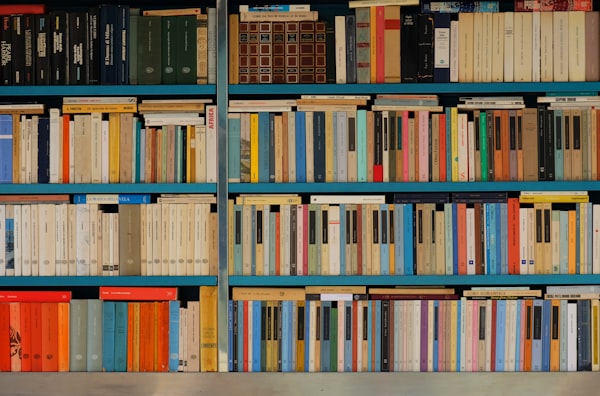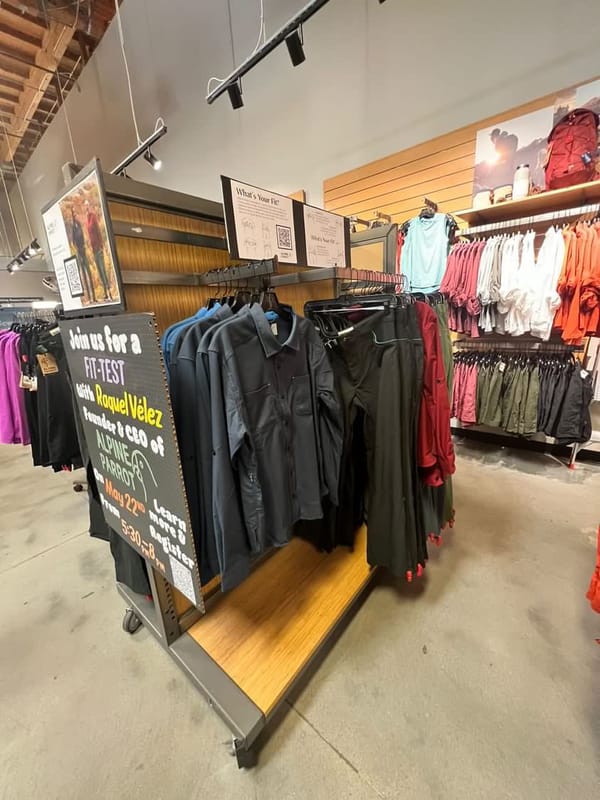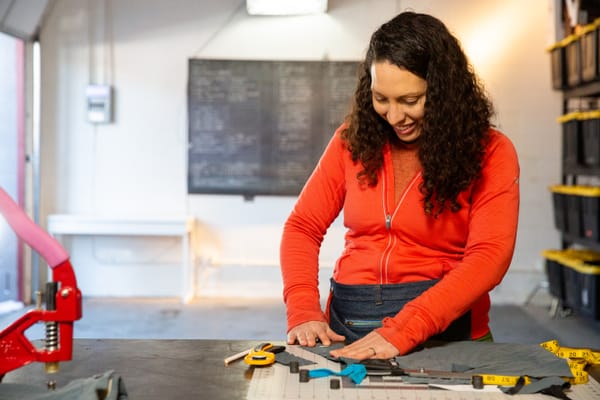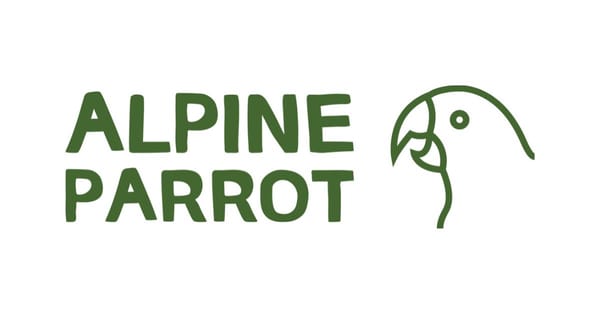Tools of the Trade: Pattern Drafting
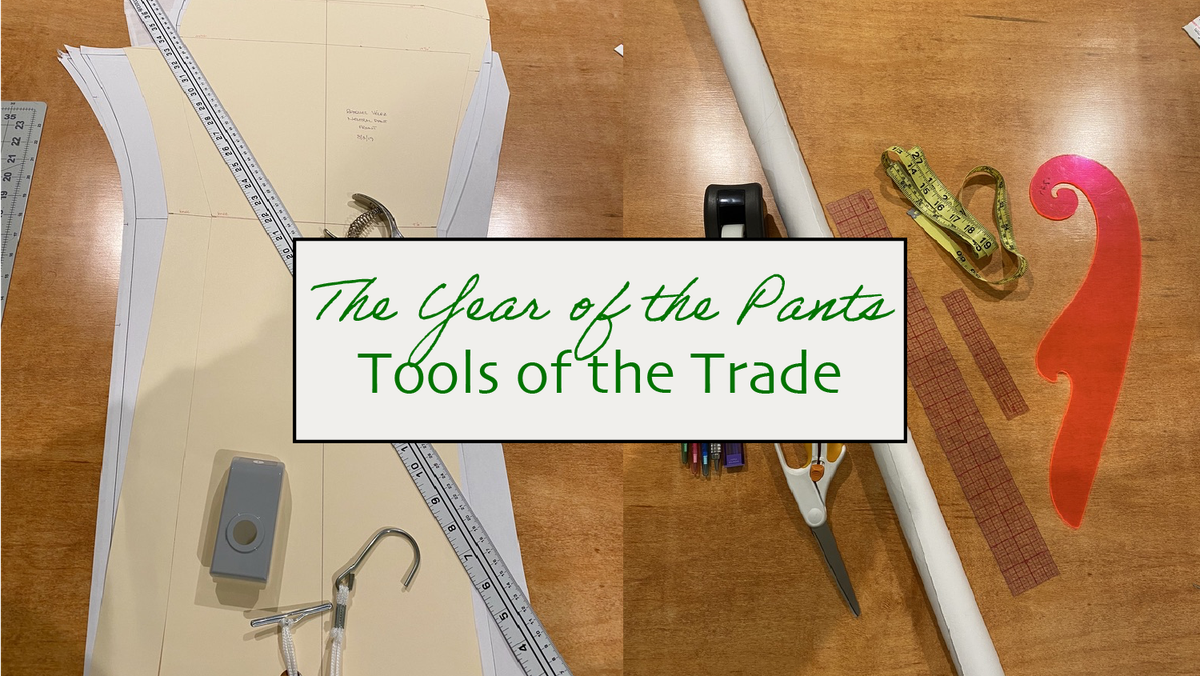
This post is part of a series called 2020: The Year of the Pants. Catch all of the posts via the YOTP tag.
Patterns can be made either digitally or manually. In my patternmaking classes, I was taught to do it by hand, and then I eventually moved to doing it digitally. Like any other hobby, patternmaking requires a set of essential tools, which can be supplemented by some other tools for increased efficiency:
Essential Tools for Patternmaking
- Grid ruler: These come in a variety of sizes, but the little squares make it really easy to read measurements and draw straight lines.
- Tape measure: This flexible ruler is useful for both taking human measurements but also measuring around curves on a pattern.
- Pencils/pens for drawing: I like to use 0.375mm Frixion pens, because I'm a monster. Some people are fine with 0.7mm pencils, but I find that they smudge or are difficult to erase. Plus I like having colors to help me keep track of various changes. In the event I'm using a pencil (also 0.375mm, because monster), I have a really good eraser as well.
- French or Drafting curves: bodies are curved, and so must lines be as well. A drafting curve has a lot of different curves on it, helpful for making nice, consistent curves when needed.
- Drafting paper: 36" wide paper that has a little bit of a transparency to it, so that you can trace from another layer. I went through a lot of it very quickly.
- Scissors: A good set of shears are critical. They should have a handle that you can hold easily, because you'll cut a lot of lines, very precisely, which can result in tired hands. I really like Fiskar's Easy Action scissors, because my hands don't cramp.
- Clear tape: patternmaking is all about two-dimensional manipulation of paper to fit a three-dimensional surface (aka the human body). There's a lot of cutting and taping back together involved, and clear tape makes it easy. I only use the matte tape, as the shiny stuff makes it hard to draw lines over.
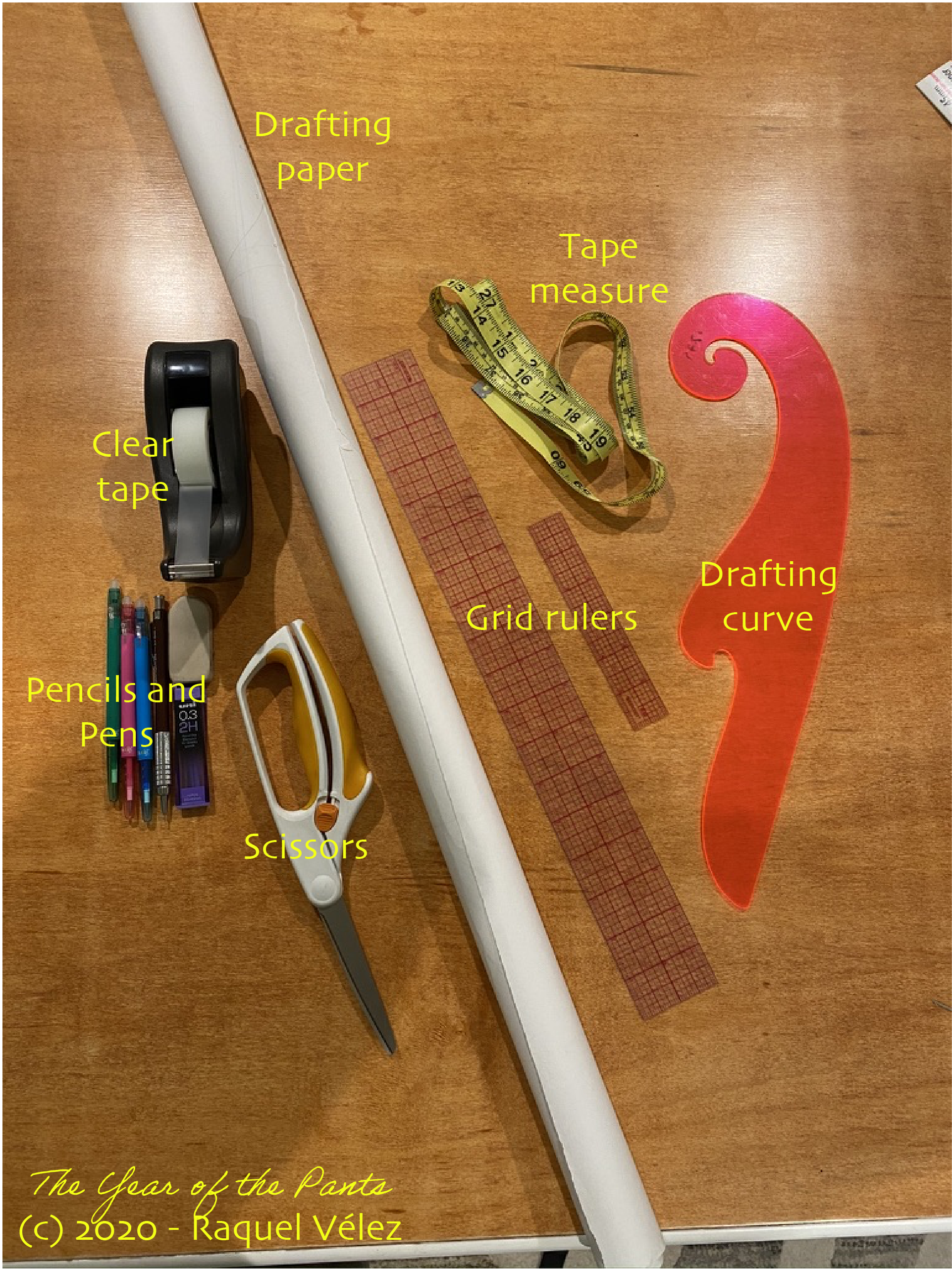
Supplemental Tools for Patternmaking
- Tag: This is the stuff manila folders are made out of. It comes in large rolls, like the drafting paper, and it's for when you're done with your pattern and want to have something from which you can copy over and over again. It'll hold up a lot better than the drafting paper, and won't be held together by quite so much clear tape.
- Pattern notcher: Paired with the tag, this makes it easy to mark the places on the tag pattern for darts, reference lines, and more.
- Rabbit punch (or a craft punch, which is what I have) and pattern hooks: useful for vertical storage of the patterns, which not only make your sewing space look totes profesh, but also keep surfaces clear and make finding already-drafted patterns fairly easy.
- Drafting table: a large table that is at counter height, for ergonomic purposes. Many students in my classes use their dining tables or even the floor, so I'm calling this an optional (but totally worth the cost) tool 😉
- Yardstick: helpful for drawing grainlines down the front of a pair of pants, which - for many adult humans - is usually longer than 18" (the size of my largest grid rulers).
- An app for calculating fractions: Look. If I were Leader of All Human Kind, I'd insist on everyone adopting the metric system. Unfortunately, that is not my job title and I was forced to use the imperial system of freedom units in patternmaking classes. I'm actually quite good at math, but sometimes it's easier to let a machine divide 12 3/8" by 3. I'm not ashamed to use an app and neither should anyone else be.
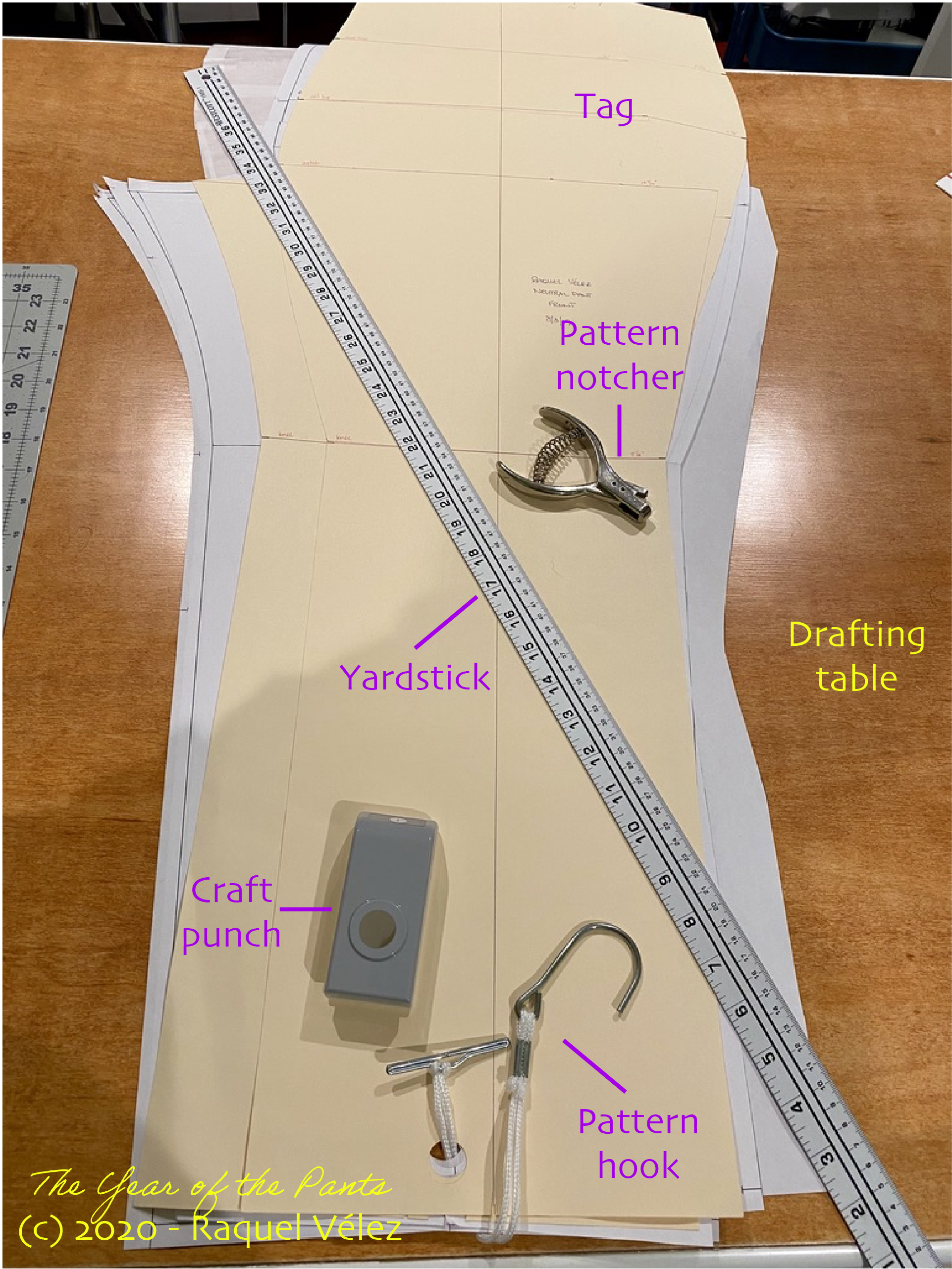
There are certainly even more tools, but these are the basics. In a future post, I'll walk through the many tools I use for making prototypes!
In full transparency, I should admit that I will not be sharing how to make a pants pattern from scratch. I am grateful to my many teachers on the subject, but I am not nearly the expert that they are and I really don't want to spend the time or words explaining it myself. If you're genuinely interested in learning how to draft your own patterns, I highly recommend checking out the myriad online and in-person courses that exist. If you want to know where I went, ask in the comments! 😊
Are there any tools you use when drafting patterns? Any surprises here? Did I miss anything? Share in the comments or on social media!
